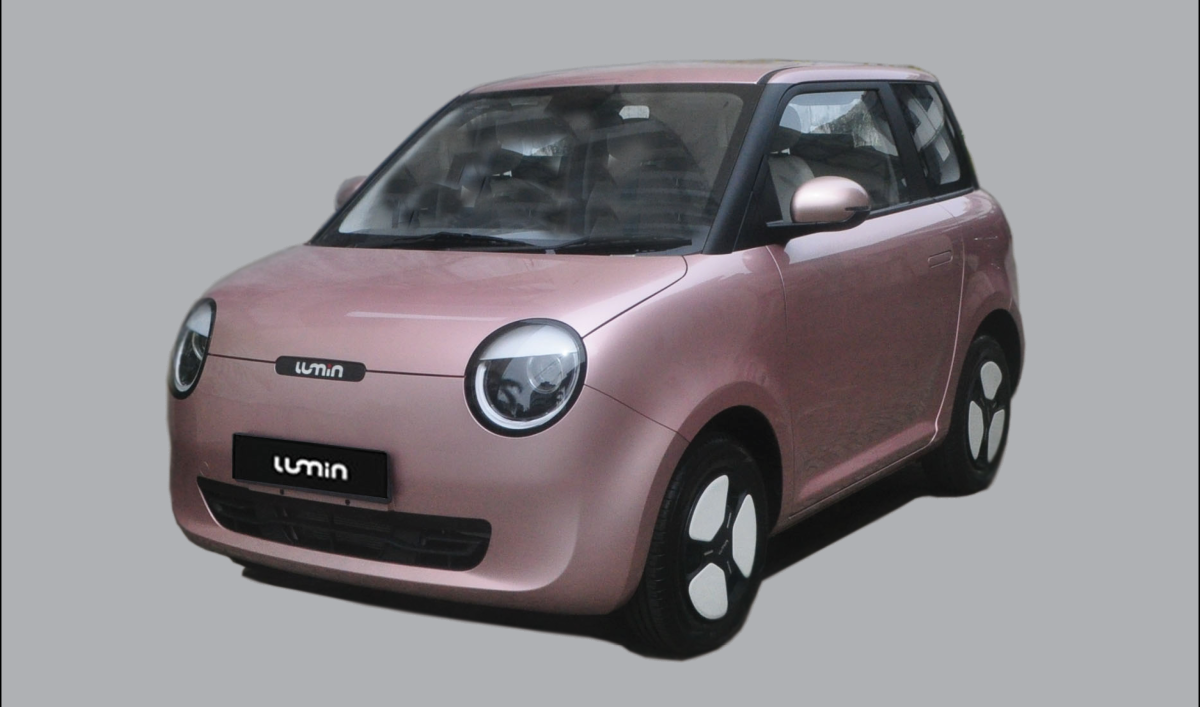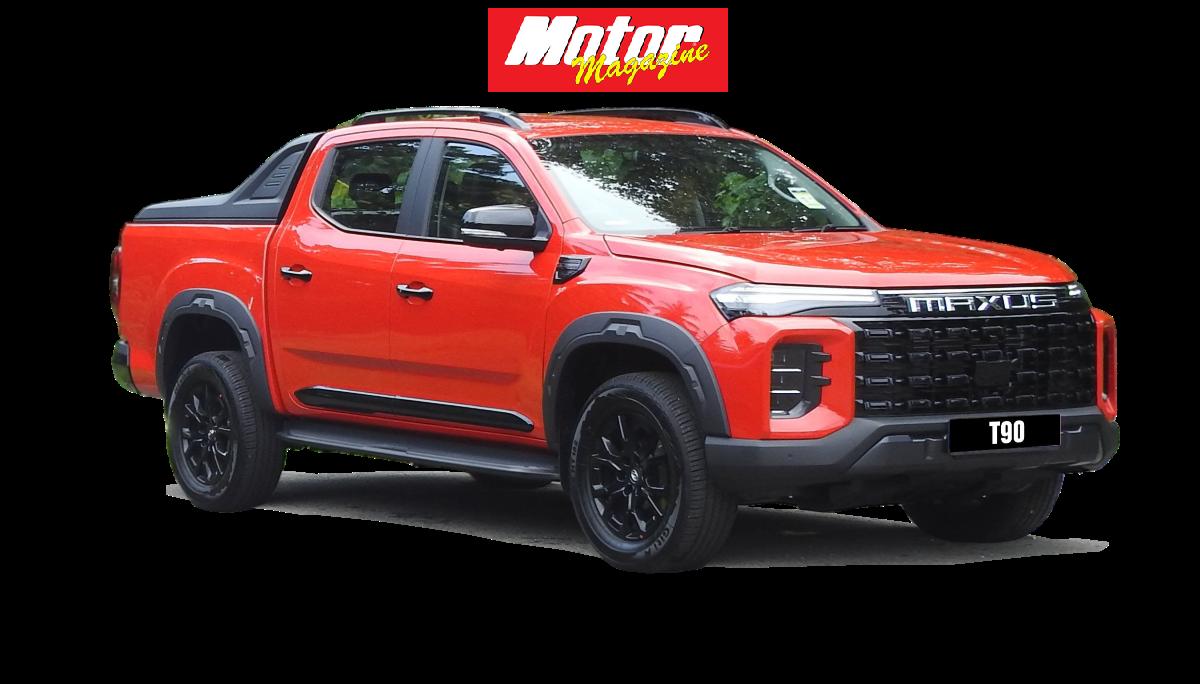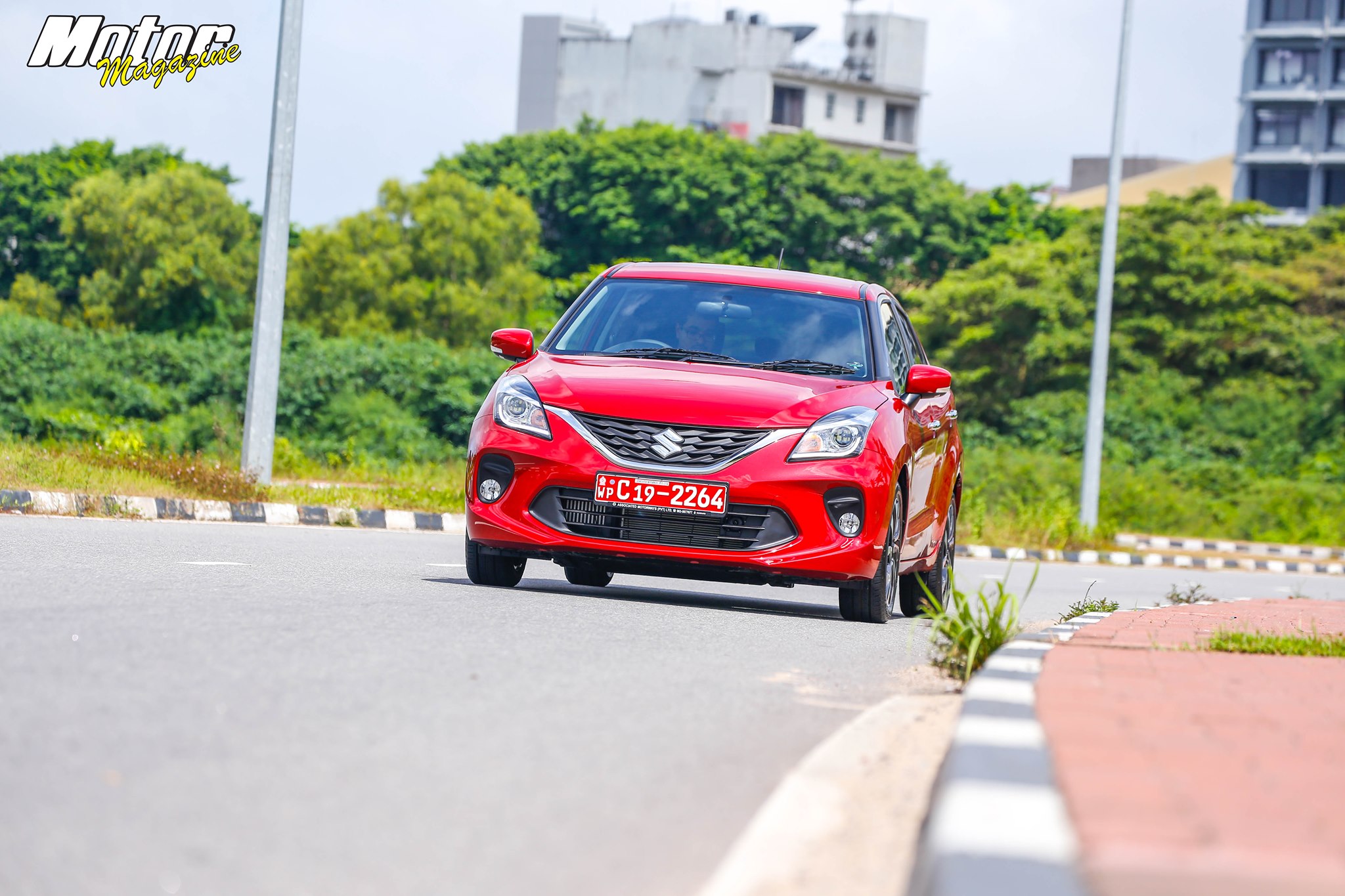
(JULY 2019) In 1995, Suzuki trotted out the Baleno nameplate and attached it to a variety of their cars in different markets. The Cultus was the first one to be rebadged as a Baleno, followed by the Liana Aerio and more recently the SX4. It wasn’t until 2007 that India’s Maruti Suzuki produced a dedicated Baleno model, and the Baleno became a standalone model.
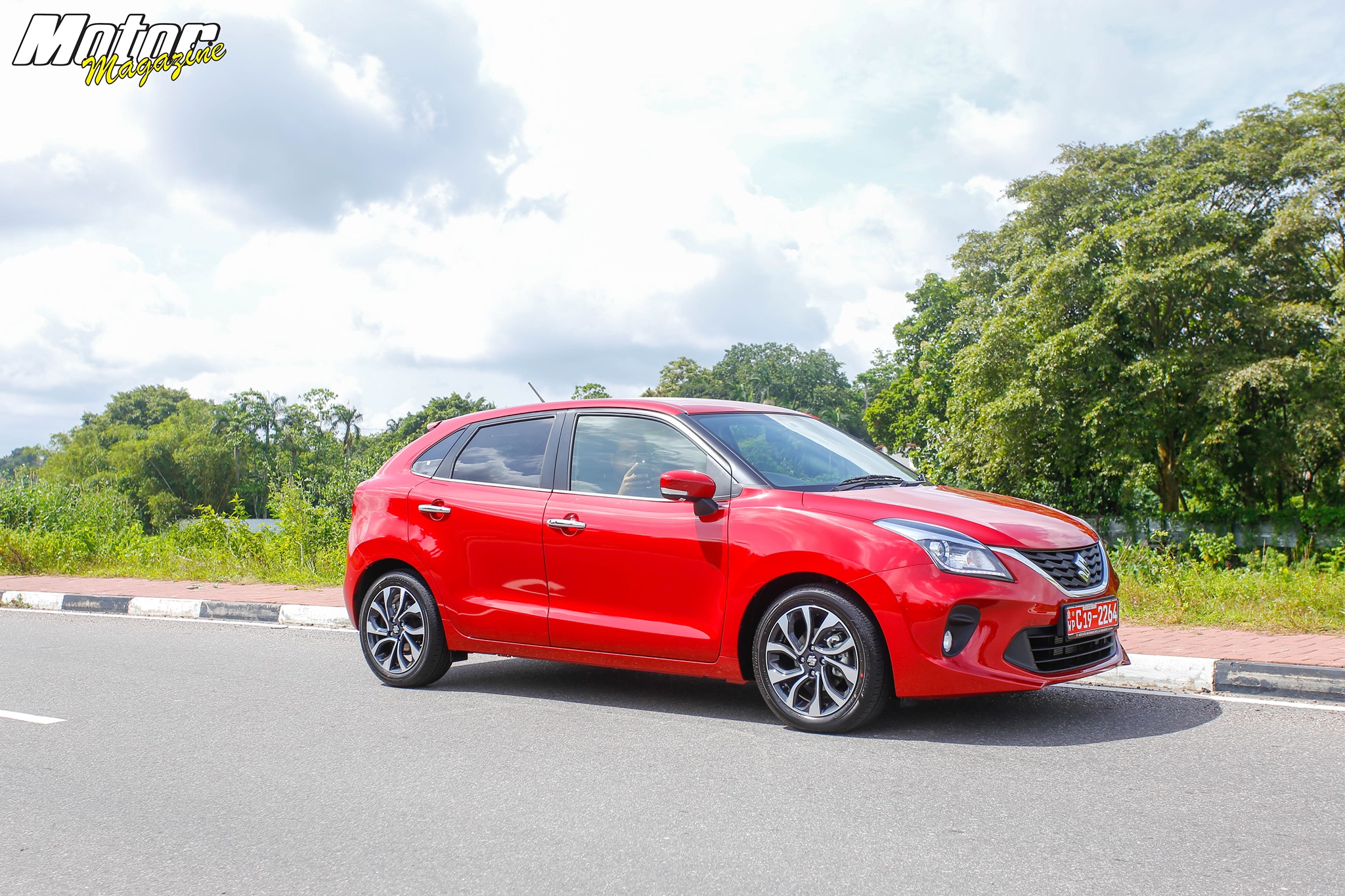
The current generation we see today was first offered to the Indian market in 2016 and has been facelifted in 2019. You would have seen a smattering of these brought down by grey importers, and now the Suzuki agents in Sri Lanka, Associated Motorways have decided to bring down the Baleno in GLX Turbo guise. The model they offer is not the same as the Indian market one, but is the one destined for the New Zealand market. I am told it is made to more stringent specifications, has more safety features and is made in a completely different “export market” plant to the domestic market Balenos. And yes, all Balenos are made in India, even if someone says it’s “from Japan”, that just means it went to Japan from India and then came here.
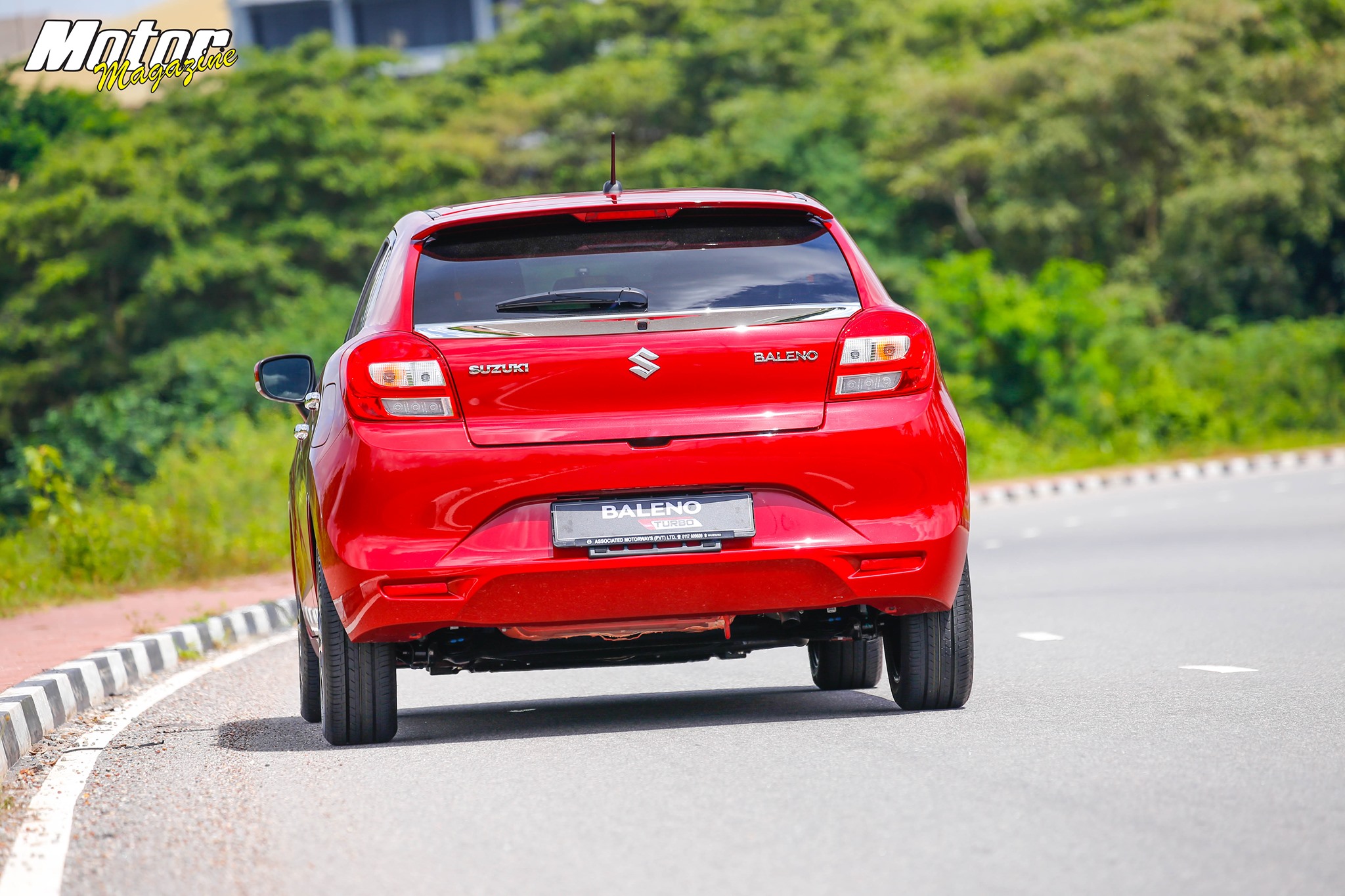
So don’t be fooled by those who say it’s from Japan…instead take solace in the fact that Toyota India has launched their Glanza model which is basically a rebadged Baleno, the first product as a result of their new partnership with Suzuki. Toyota don’t do rebadging on lemons, so the fact that they chose the Glanza to wear their badge shows their confidence in Suzuki and the Baleno. They even offer a longer warranty on the Glanza in India than Suzuki offer on the Baleno in that market (of course, with a higher selling price).
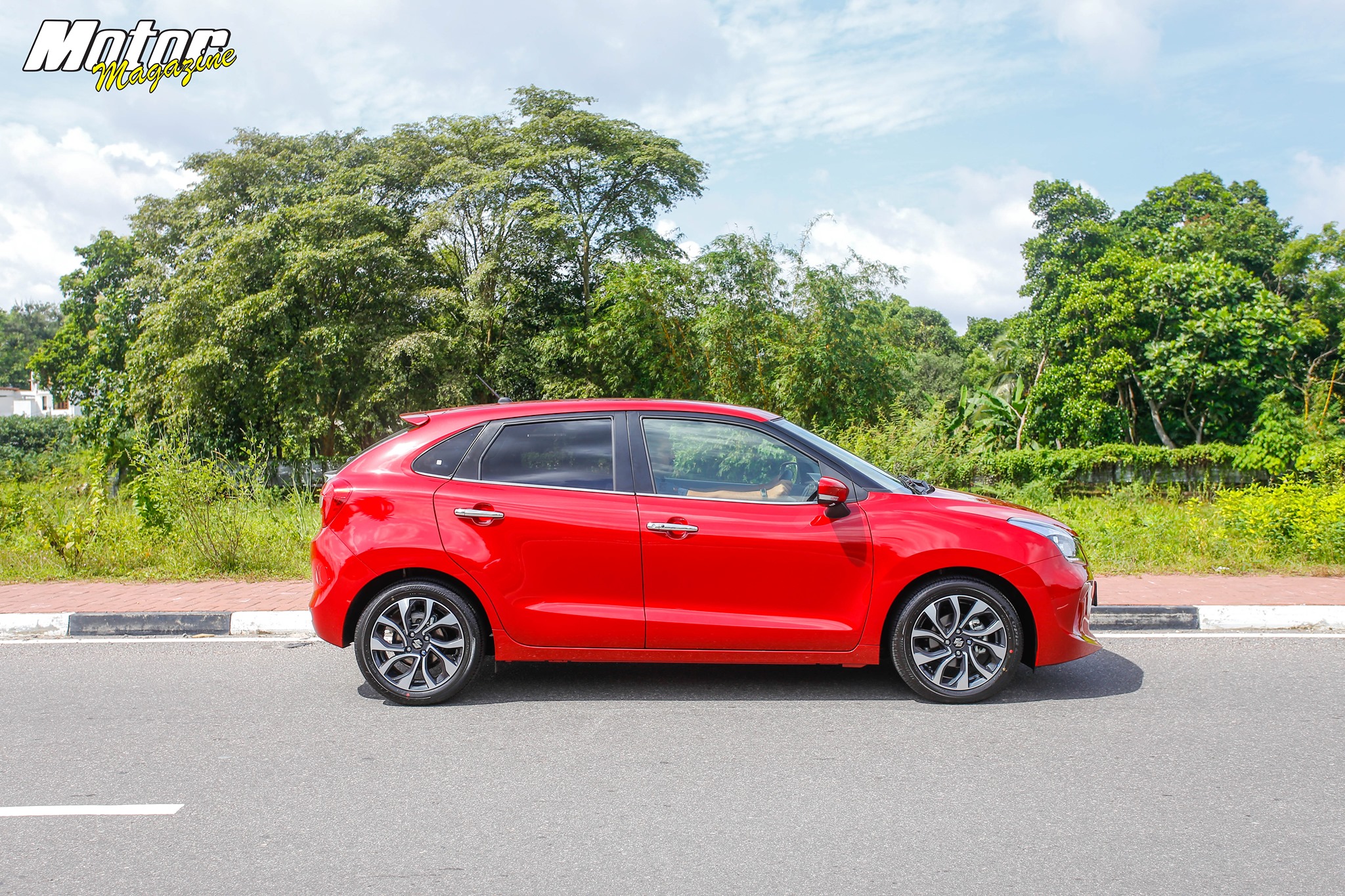
Exterior
The
Baleno on the outside is a fairly conventional-looking family hatchback. It’s
slightly larger than the Swift and less dynamic and edgy in styling. I read
online that the Swift is Suzuki’s “heart” appeal model while the Baleno is the “head”
appeal model. Simple sculpted lines, flashings of chrome here and there and a
general hatchback silhouette are the norm here. A discrete roof spoiler is
present too, and the Baleno rolls on 16-inch alloys which seem about the right
size for its body. It’s got 120mm of minimum ground clearance too, I read in
the spec sheet. All-in-all, a well-rounded package.
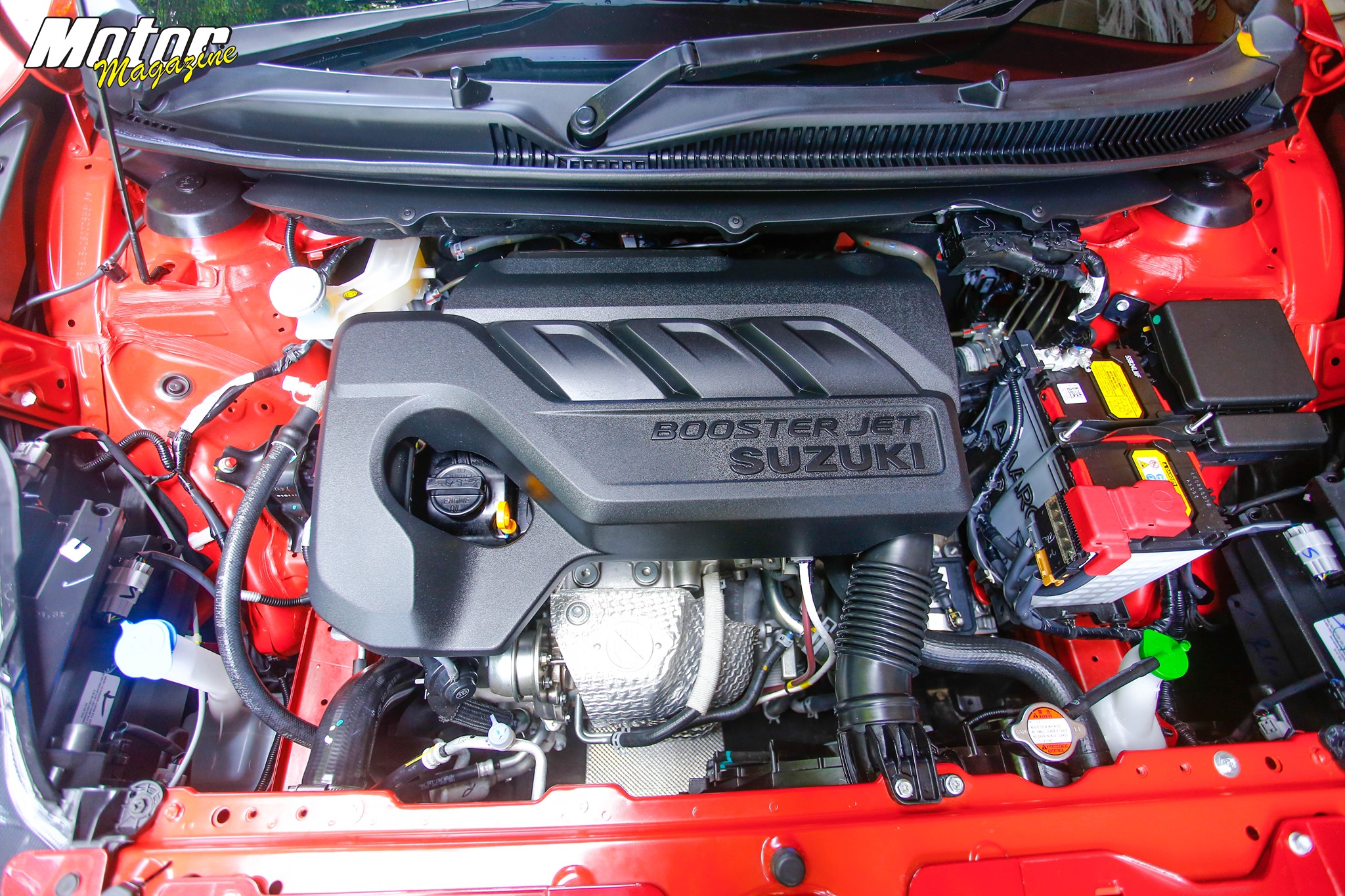
Mech & Tech
The
1.0L “Boosterjet” turbo engine is an evolution of Suzuki’s K10 engine family.
Called the K10C DITC, it’s got three cylinders, twelve valves, direct injection
and is turbocharged. All this allows the 998cc mill to put out a competitive
110bhp at 5,500rpm and 160Nm of twist between 1,500 and 4,000rpm – the working
range of a car during regular transport duties. The brochure claims this is a
100% Japanese engine coupled to a Japanese 6-speed automatic transmission which
offers steering-mounted paddle shifting as well. Drive is to the front as can
be expected. Steering is via an electrically assisted rack. The suspension is
the traditional MacPherson strut front Torsion Beam rear set up. The braking is
via ventilated disk up front and solid disk at the rear, a departure from the
Indian market Baleno which has drums at the rear.
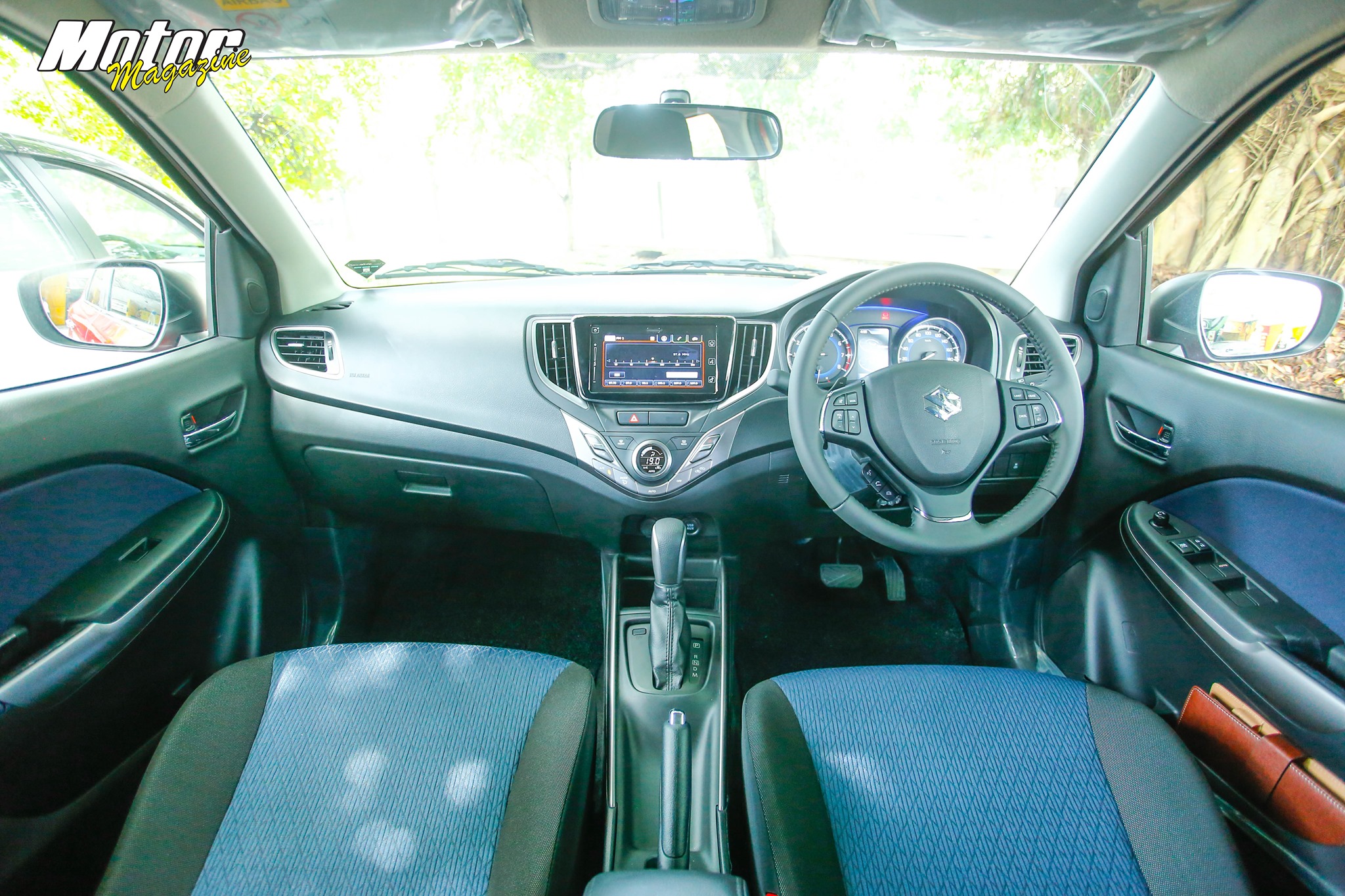
Driving Experience
Step
aboard, and it’s a fairly upright driving position at first. However, you can
lower the seat cushion and get down a bit. Visibility is decent all-round and
the major controls fall to hand easily. Once you have adjusted your mirrors you
are ready to go! From the outset, the little turbo triple offers decent urge at
city speeds and the gearbox’ brain judges the ratios well depending on your
needs. Kickdown is quick when you need it, and the gearbox software seems to be
tuned neither towards eco freak nor redline revver but a middle ground. Under
full throttle, the engine will rev to around 5,500rpm before shifting up (the
rpm at which peak bhp is made, incidentally). It’s fairly quiet at middling
revs too, venture above 4,000rpm and you hear the distinctive thrum of a three-pot,
but it never gets loud or intrusive. It picks up speed decently too. Several
times I looked down at the speedo to see a higher figure than I expected, and
it can easily get up to and maintain triple digits without fuss. There is
cruise control and a speed limiter as well. I tried the cruise control at
70km/h and it held the speed relatively tightly. In terms of vibration, a
little is apparent as you set off, and another resonance-type vibration
sometimes manifests when cruising at around 1,500rpm in a high gear. Of course,
these are things that are common to small capacity three-cylinder engines and
at all other times the engine is smooth and relatively vibration-free.
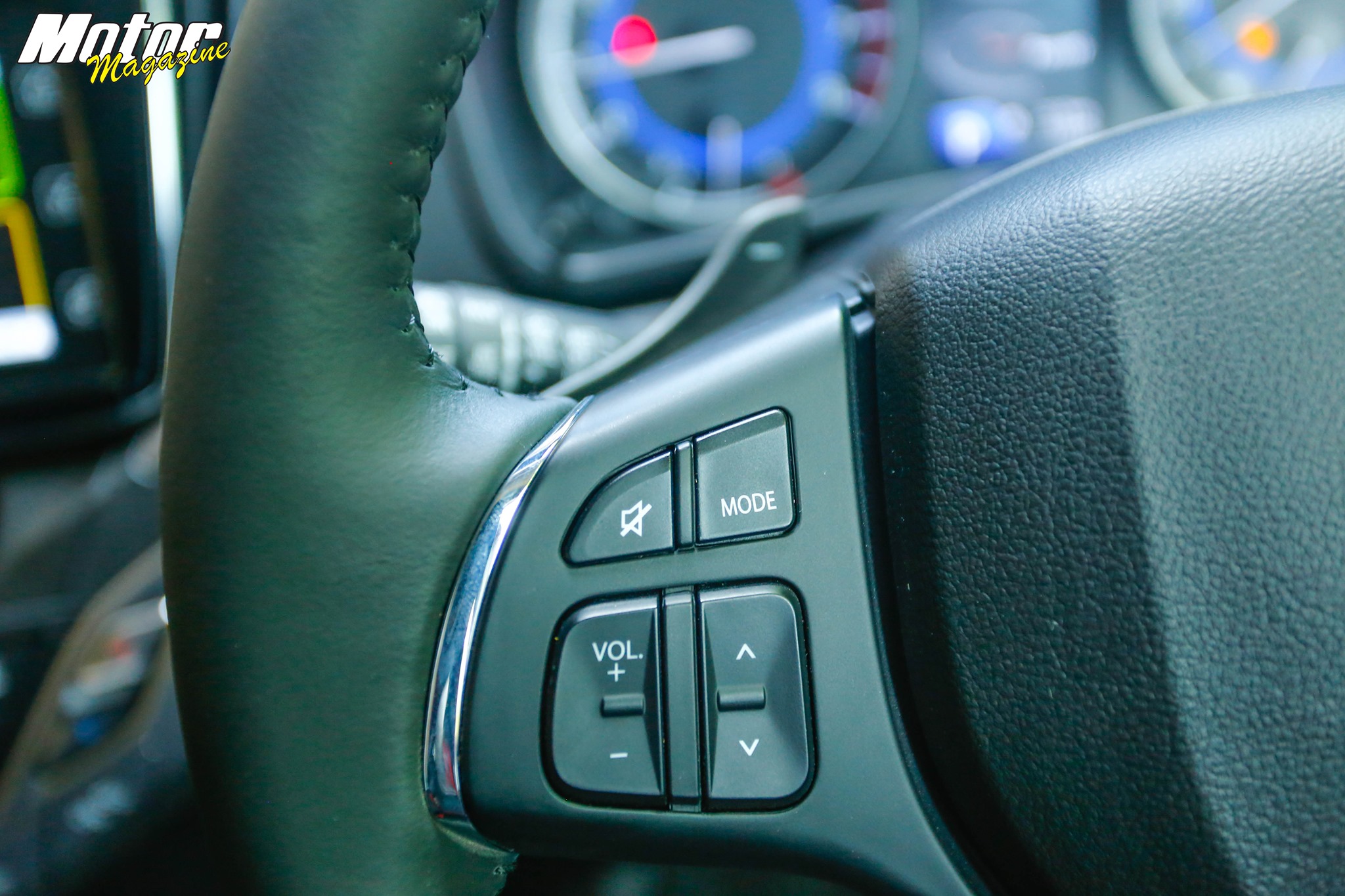
What about those paddles? Flick one while in D and the car will revert to Manual mode temporarily, or you can “lock” it in manual mode by moving the shifter one step down to M. However, the manual mode of this gearbox is not what you’d expect. I’d call it a “trainer manual”, as it has some clearly set boundaries that you cannot exceed. For example, you cannot shift up below 2,000rpm. Floor the throttle and the gearbox will shift down immediately, instead of holding the selected gear. And when you give it full throttle in what it deems to be an appropriate gear, it will automatically call for an upshift around 5,700rpm without holding that gear.
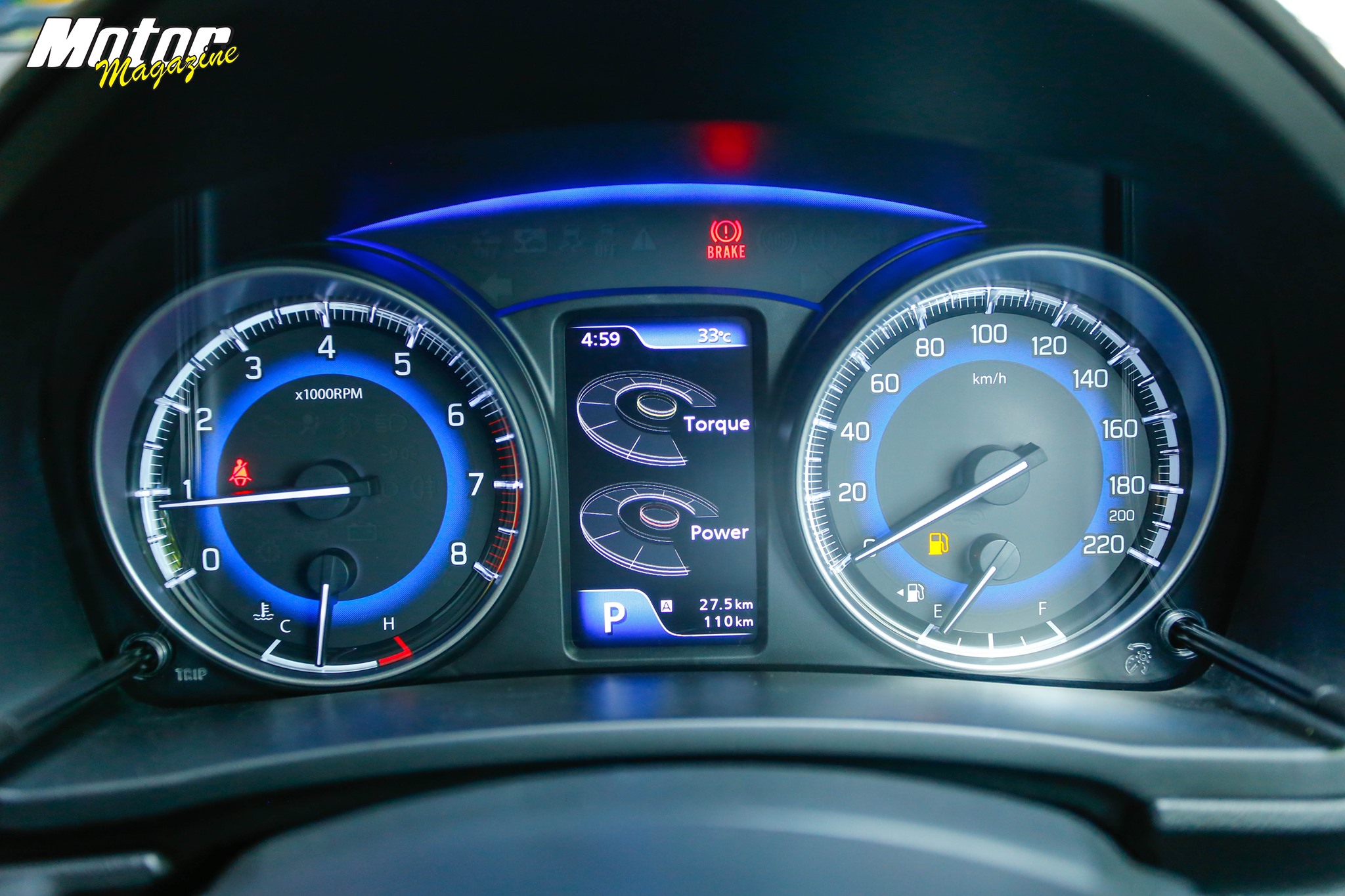
Why I call it a “trainer manual” is because it seems to teach the basics of driving a manual car – don’t shift up too early, don’t rev the engine too much, shift down when you want to overtake…I’d prefer more control in Manual mode, but it won’t matter to the average driver who may use the paddles once in a while. The ride and handling are more comfort oriented. Bumps are damped decently and you don’t get jostled around. Of course, the flipside of this is the body roll when cornering hard but the Baleno still provides a more entertaining steer than some of the other options in its class. Steer, helped by the fact that despite being an electric steering setup, it has a bit more heft than is the norm with Japanese manufacturers at this end – maybe because of its New Zealand market. The braking is strong and true, and I tried full stop emergency braking from 105km/h in a safe area, which showed a straight trajectory, a progressive ABS application which wasn’t too intrusive or harsh, and a decent stopping performance.
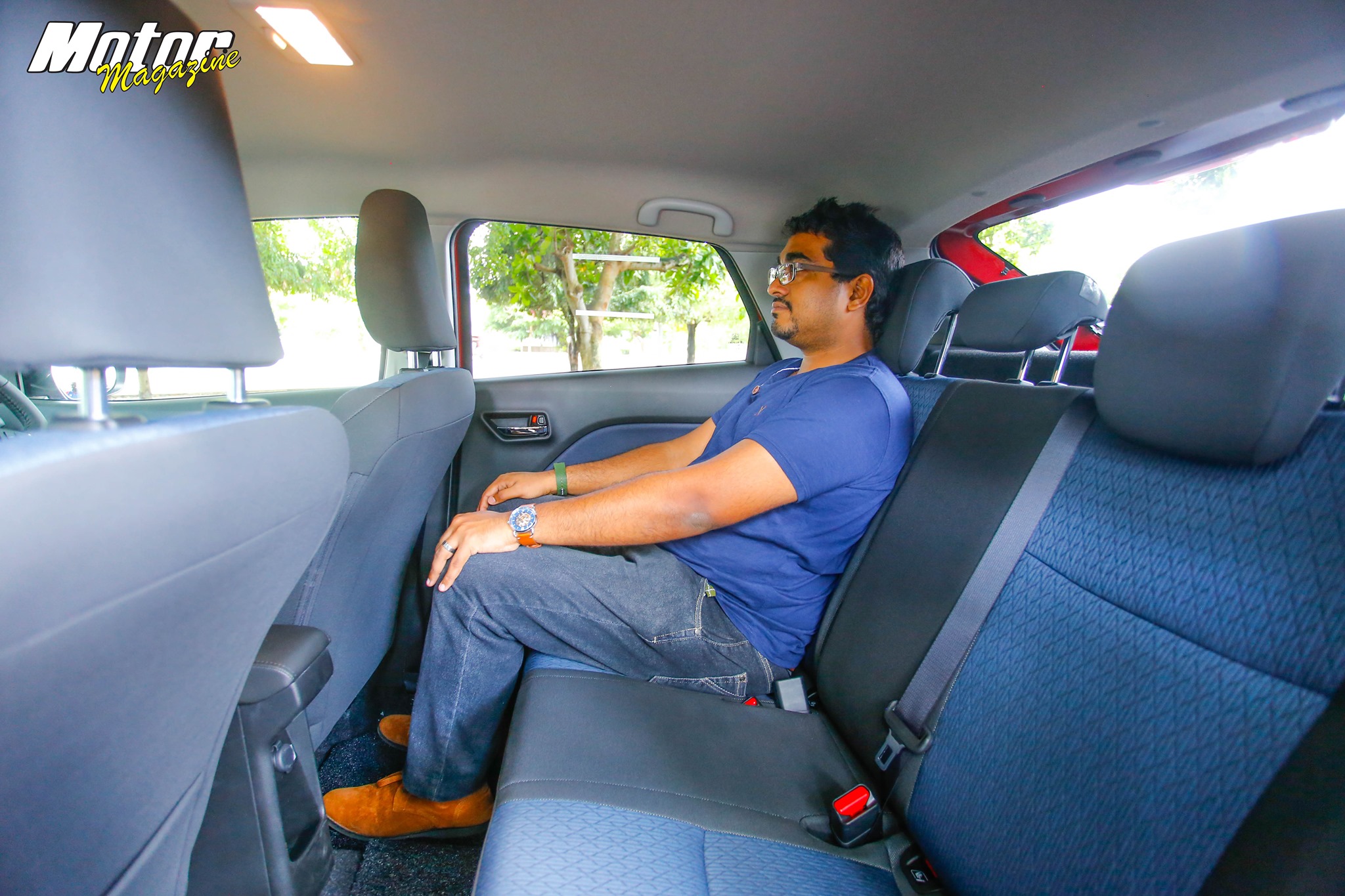
Living with the Baleno
The
Baleno is quite a no-nonsense, workmanlike family sedan on the inside. You’ve
got a single-zone climate control, electric windows and mirrors (no power fold,
though), automatic headlamps, two cup holders, four bottle holders (one in each
door), and numerous cubbies and crannies for your detritus. Infortainment is
via a 7-inch touchscreen-controlled system that offers Radio, USB, Bluetooth
and AUX with both Android Auto as well as Apple CarPlay compatibility. It also
has a navigation mode which is not applicable in Sri Lanka, but should you use
either of the aforementioned phone integrations, you can utilize those maps.
The sound plays through six speakers (4+2 layout) and is quite reasonable for
the purpose – I did find the bass slightly lacking but a subwoofer should sort
that out. Clarity at higher volumes is good too – I did wind it up to max to
check. You can control it via the buttons on the leather-wrapped steering wheel
as well. Switch to reverse and the reverse camera shows on this screen. The
multi information display between the speedo and tacho is full colour and shows
a myriad of information, including real-time power and torque outputs, G-force,
fuel economy and consumption, mileage, car status and more. There are also
mirrors in both sun visors, map reading lamps up front and the centre cabin
lamp for the cabin. The rear accommodations have enough leg and knee room. Head
room was OK for me as well, although taller passengers might find their hairdo
brushing the roof – and the owner may need to clean the headliner of hair
product afterwards. They can take solace in the three individual adjustable
headrests though. Rear passengers also get a 12v power outlet for their
charging needs.
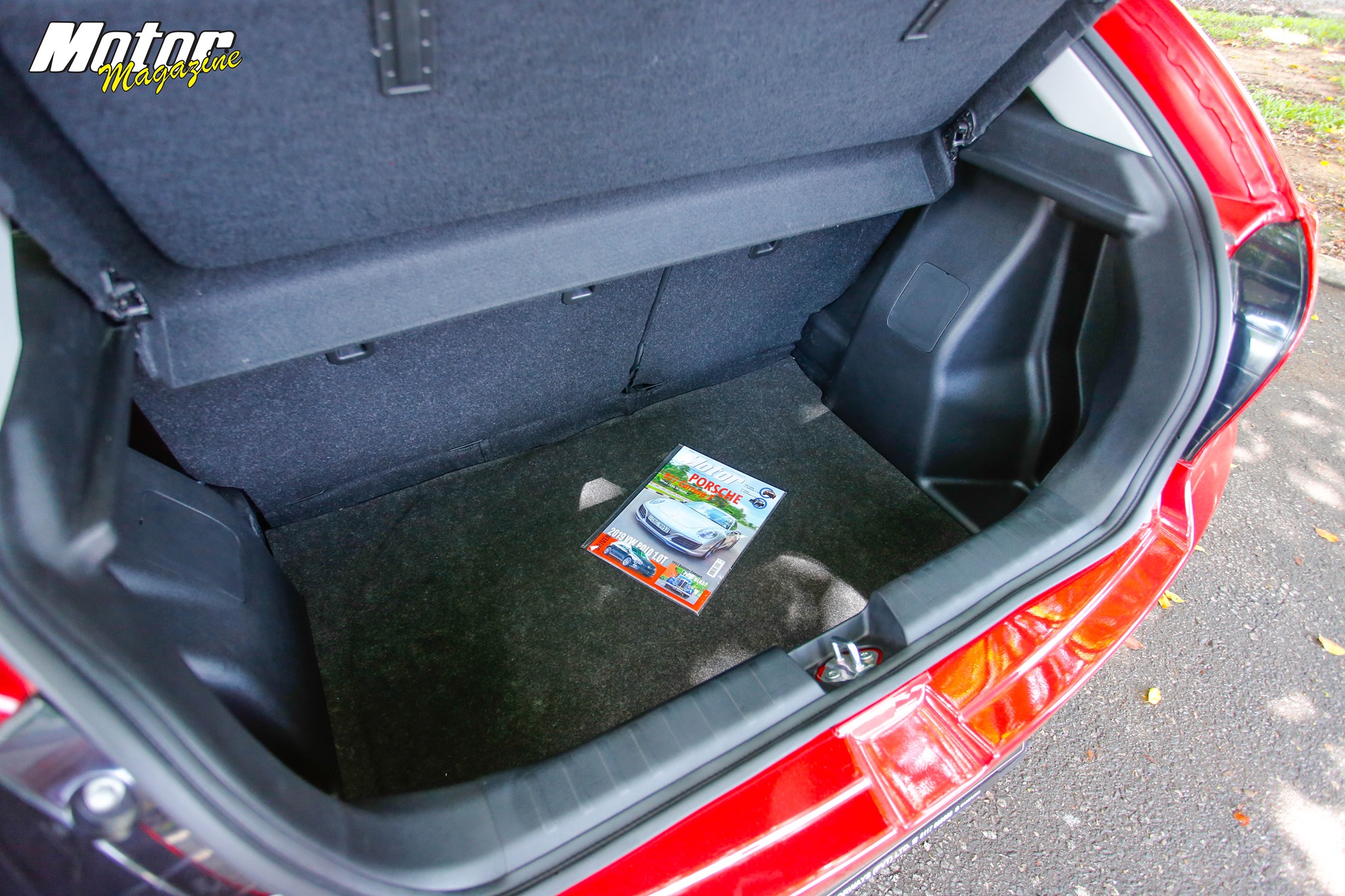
The seats fold flat in a 60-40 configuration to augment carrying capacity of the boot. With the seats up, the boot holds 355 litres in a deep space with a high loading lip that will require you to lift objects over the sill and place them down. Below the boot floor lies a space saver spare wheel which is a nice thing to see these days and adds a level of dependability on a long trip.
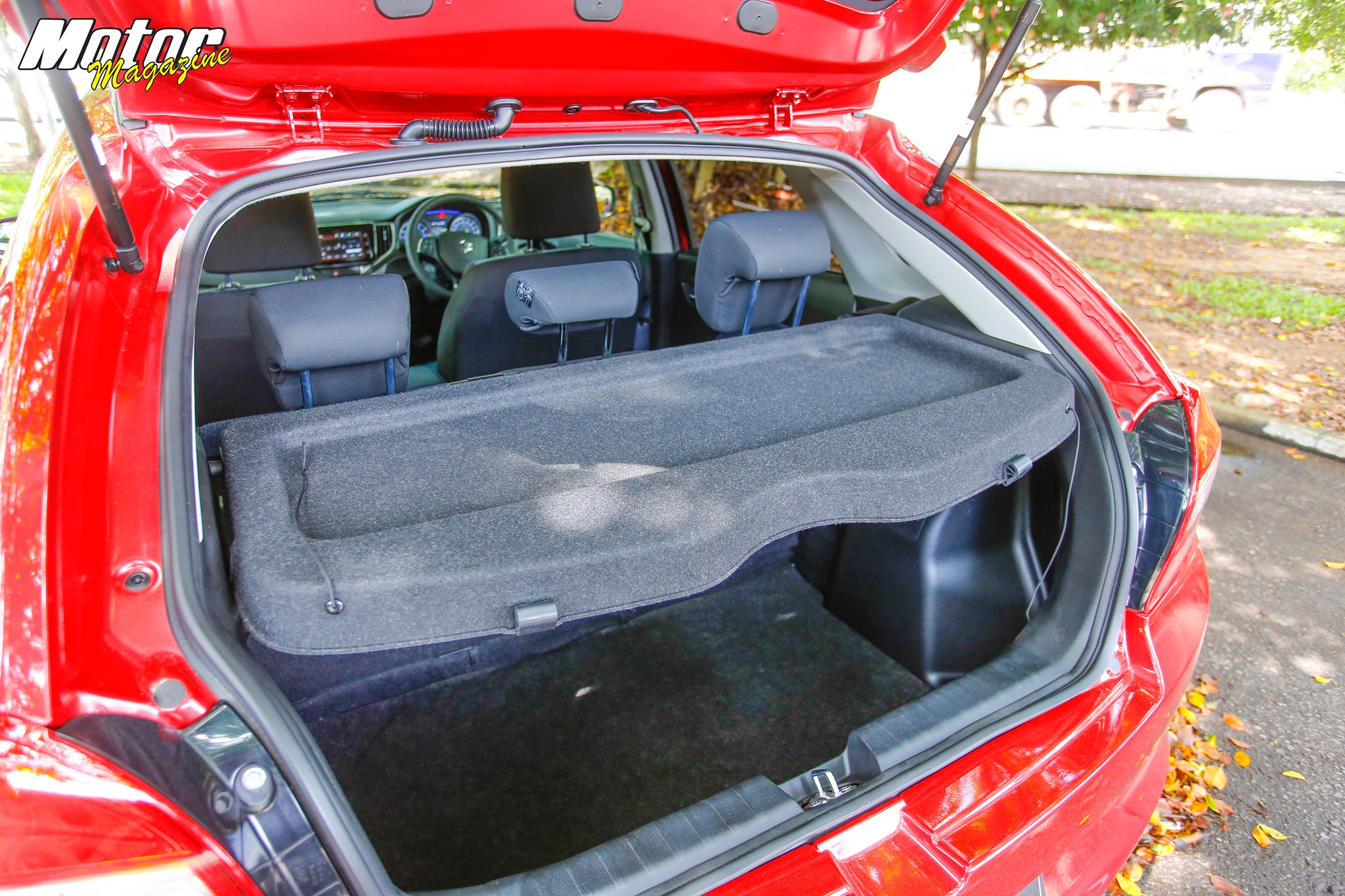
Overall, the cabin design follows the current Jap trend of black on black on black – but Suzuki have sidestepped the third black, choosing instead a blue fabric for the seats, and silver garnishes. It all feels hardwearing but can be a bit too much “plain scratchy plastic” at times, especially on the dash where one would ideally like to feel a soft-touch surface. Of course, this lends itself well to ease of cleaning should your kid decide that the dash needs a bit of essence-du-Jumbojolly…
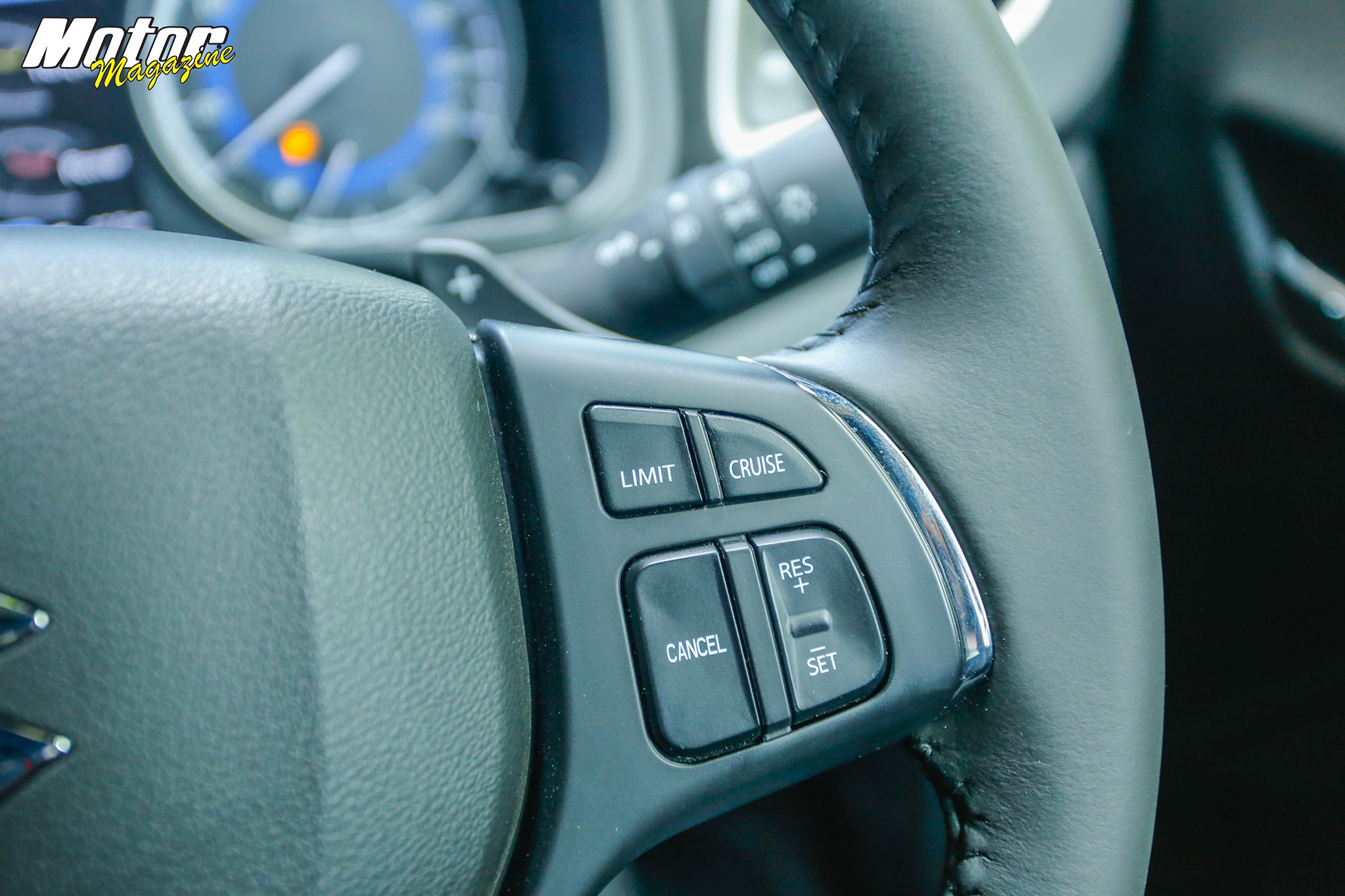
Safety
The
Baleno scored four stars in EuroNCAP, including 85% for Adult Occupant and 73%
for Child Occupant scores. However, it scored a mere 43% for Safety Assist as
it doesn’t have active safety features such as radar braking or lane keeping
assistance. It has a ton of passive safety features though, including
three-point seat belts and reminders for all five passengers, ISOFIX mountings
for two child seats, six airbags, ABS, ESP, immobilizer, daytime running lamps,
hill start assist and side impact beams. The lack of active safety features will
prove to be a boon in Sri Lanka, as these systems do not read our chaotic
traffic properly, and can often cause accidents. Many repair centres around the
country have reported quite a few rear collision repairs on the crop of JDM
hybrids with radar brake, why? Because the radar brake stops the car in its
tracks so suddenly, the vehicle following closely behind has no time to react,
and a collision ensues. This is also why AMW’s WagonR Premium model comes
without the Radar Brake. Ditto many cars in India, they too do not have this,
for the same reason. Radar brake would be a great safety net in a disciplined
country where everyone follows rules and regulations, and wayward intrusions
into the road are the exception rather than the norm, but not in our chaotic
land of willy-nilly behaviours with nary a forethought…
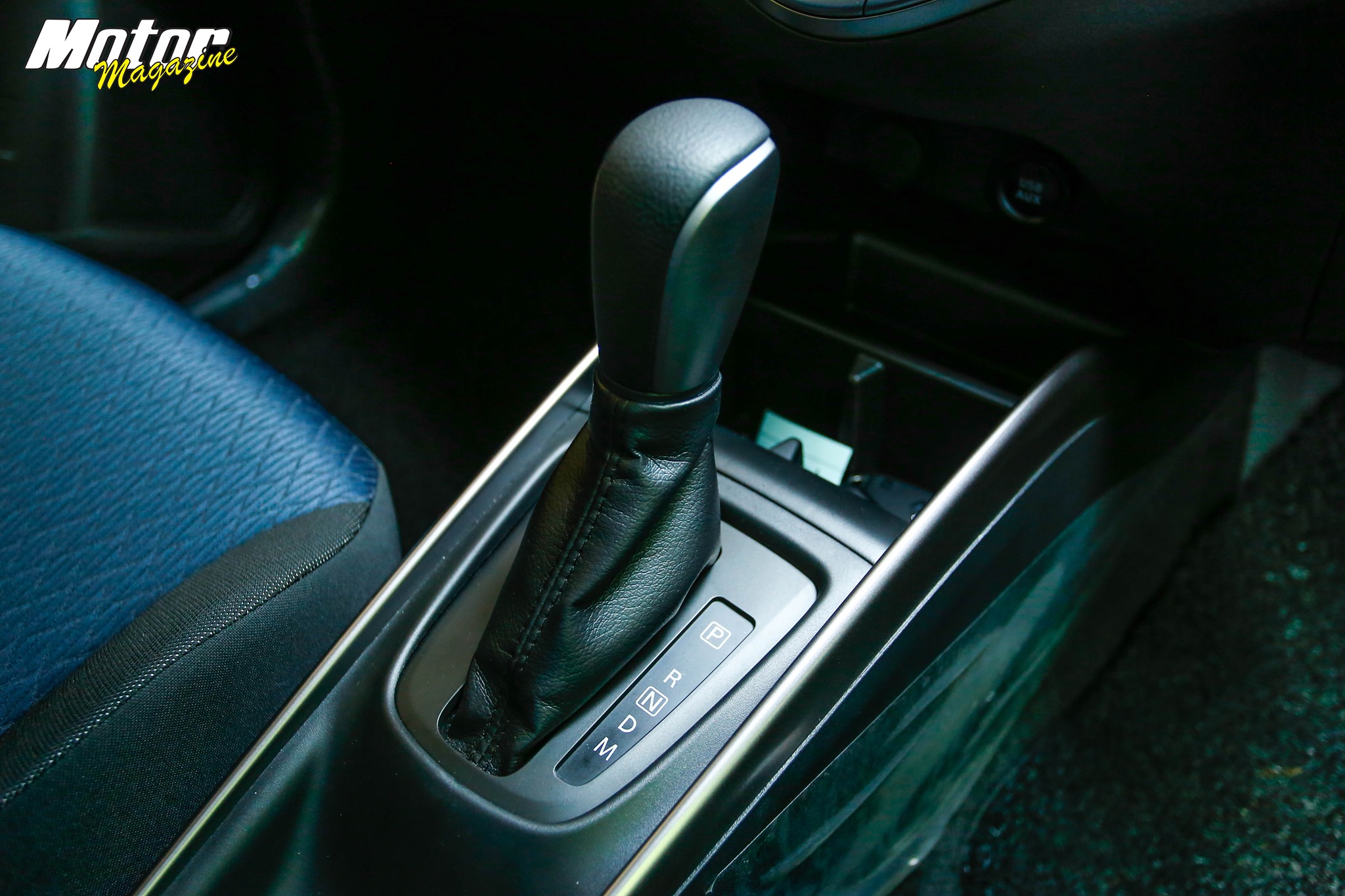
Fuel Economy & Price
First
off, the Baleno is not a hybrid. So, get the notion of 20km/l city and 30km/l
outstation out of your mind. The good news is, it is a small and relatively
light car, propelled by a turbocharged engine (turbocharging increases the
volumetric efficiency of an engine, to put it simply). Sahan from AMW who
accompanies me on my test drive tells me that they have gotten reliable
feedback from owners that the Baleno is doing around 11-12km/l in Colombo. Even
if it did 10km/l, I’d say that’s a decent figure under our current traffic
conditions. Outstation and highway of course, it’s easy to expect 17-18km/l,
maybe crack 20km/l if you are a very careful driver (cruise control uses more
fuel, by the way). Price is where the Baleno offers a compelling value
proposition. At 4.7 million at the time of testing, it’s in a competitive
segment that includes cars like the grey market Toyota Vitz (which I am told is
one of the competitors), as well as the grey market Baleno. Although the grey
market variant can be bought for less, one must take into account that those
cars have spec differences (which I have outlined in this review), and do not
include any definite warranty, while AMW is offering their warranty on this as
covering five years or 150,000 kilometres (whichever occurs first).
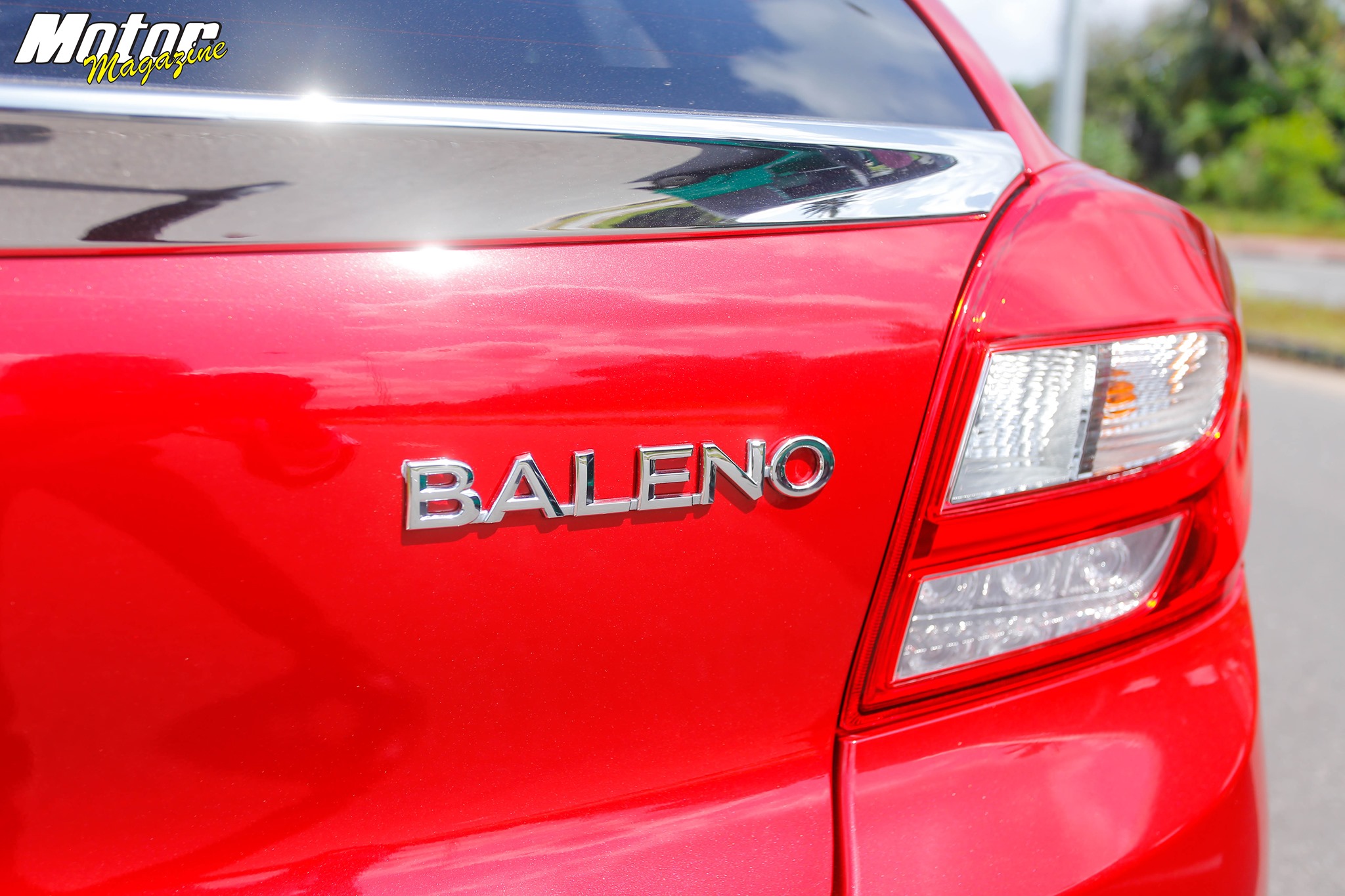
Final Words
So,
what do we think about the Baleno? It’s a solid choice that offers decent
practicality and mobility, a nice feature set of tech toys that you can control
whilst keeping your hands on the wheel, can be driven by and will appeal to the
husband and wife. It’s also a brand-new, agent-backed option that comes from a
manufacturer whose products are deemed worthy by Toyota to carry their badge
too! In short, it’s the “head” choice.




